Leclerc-Bouncing issues mask Ferrari's true potential
Ferrari's Charles Leclerc reveals that bouncing issues have masked the team's true progress in 2024. Despite promising aerodynamic upgrades, the SF-24's unpredictable behavior has forced extreme setups and limited performance gains.
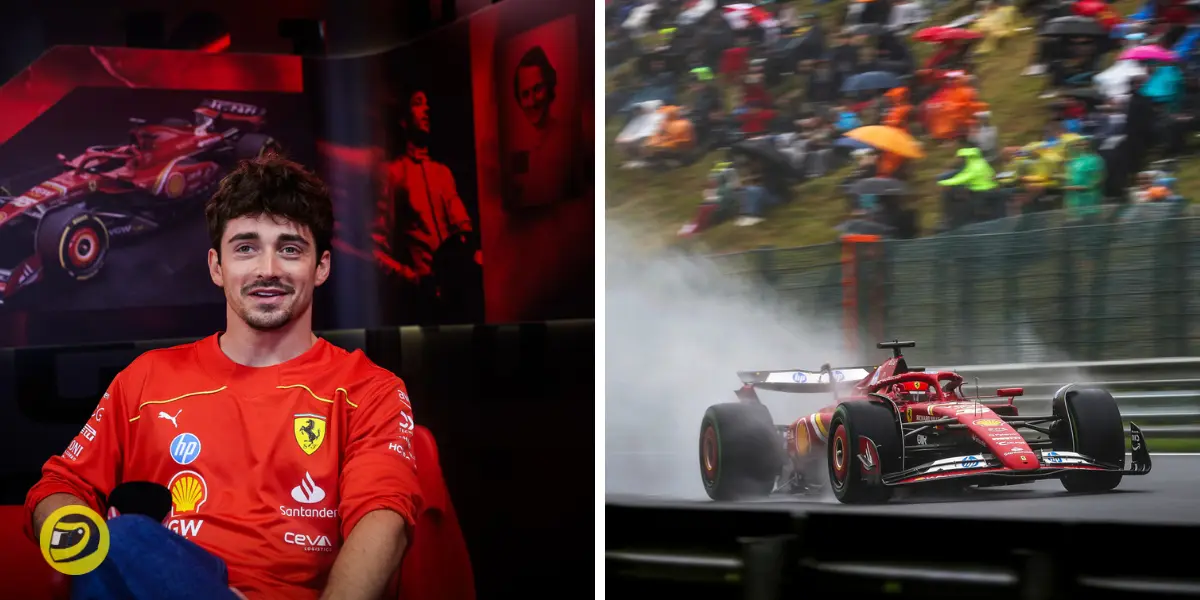
Ferrari's 2024 Formula 1 campaign has been a tale of two halves, with genuine progress in car development overshadowed by persistent bouncing issues, according to Charles Leclerc.
The Monegasque driver has revealed that the team's efforts to unlock the full potential of their SF-24 have been hampered by unexpected aerodynamic side effects.

Aerodynamic upgrades and unintended consequences
The turning point for Ferrari came at the Spanish Grand Prix, where the team introduced a new floor design.
While the numbers from wind tunnel testing and simulations looked promising, the on-track reality proved more challenging. Leclerc explained,
"From Spain onwards, I think this was more the turning point where we brought something on the car, which the numbers, as I've always said, were there."
However, the new aerodynamic package came with an unwelcome guest: increased bouncing.
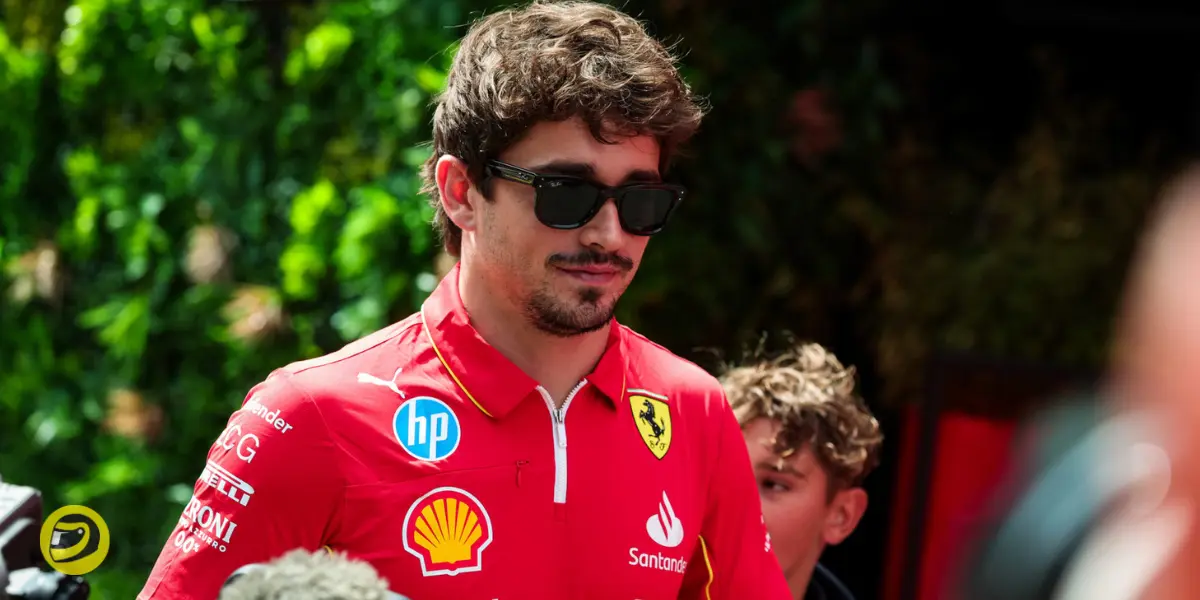
This phenomenon, particularly noticeable in high-speed corners, has forced the team to adopt more extreme set-up configurations to mitigate the issue.
The unpredictability induced by the bouncing has made it difficult for drivers to push the car to its limits, masking the true performance gains of the upgrades.
Aggressive approach and its consequences
Leclerc, known for his aggressive driving style and willingness to extract every last hundredth of a second from the car, found himself particularly affected by the bouncing issues.
"I've always been [aiming] to go for the last hundredths, and I think this is the approach that pays off whenever things are as they should be,"
he stated.

"Whenever you have a car that is bouncing, by example, you cannot go too close to the limit because the car is doing more unpredictable things, and you've got to keep more margin."
This approach, while beneficial in optimal conditions, has proven challenging in the face of the SF-24's current instability.
Leclerc admitted to pushing the car's setup to extreme levels in recent races, seeking solutions to the bouncing problem while simultaneously trying to unlock performance.
Ferrari's response and development path
In response to these challenges, Ferrari has been forced to take a step back in order to move forward.

The team reverted to an earlier floor specification for the British Grand Prix, aiming to control the bouncing through the circuit's numerous medium to high-speed corners.
Subsequently, revised underbody designs were introduced for the Hungarian and Belgian Grands Prix, targeting a resolution to the persistent aerodynamic issues.

Leclerc drew parallels to Ferrari's development approach from the previous season, where the team prioritized learning and experimentation over immediate results.
"I remember last year we had two races like that, and it started in Zandvoort where we decided, okay, maybe Zandvoort is not going to be the race for us, but we want to learn as much as possible in order to get better after that,"
he recalled.


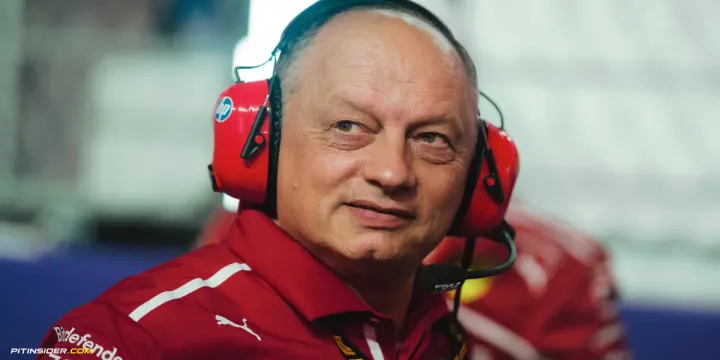
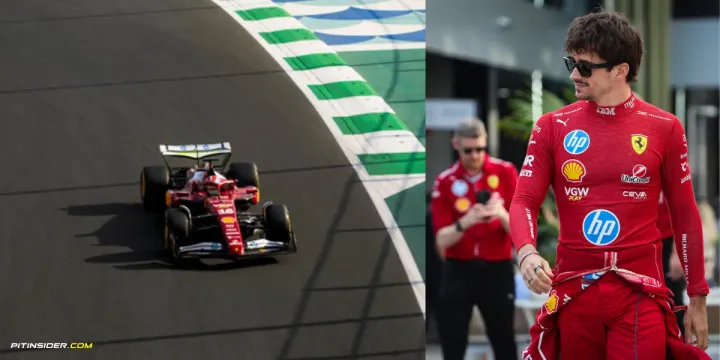
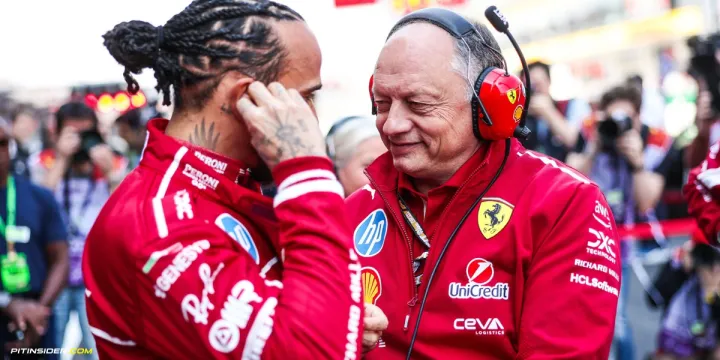
Comments ()